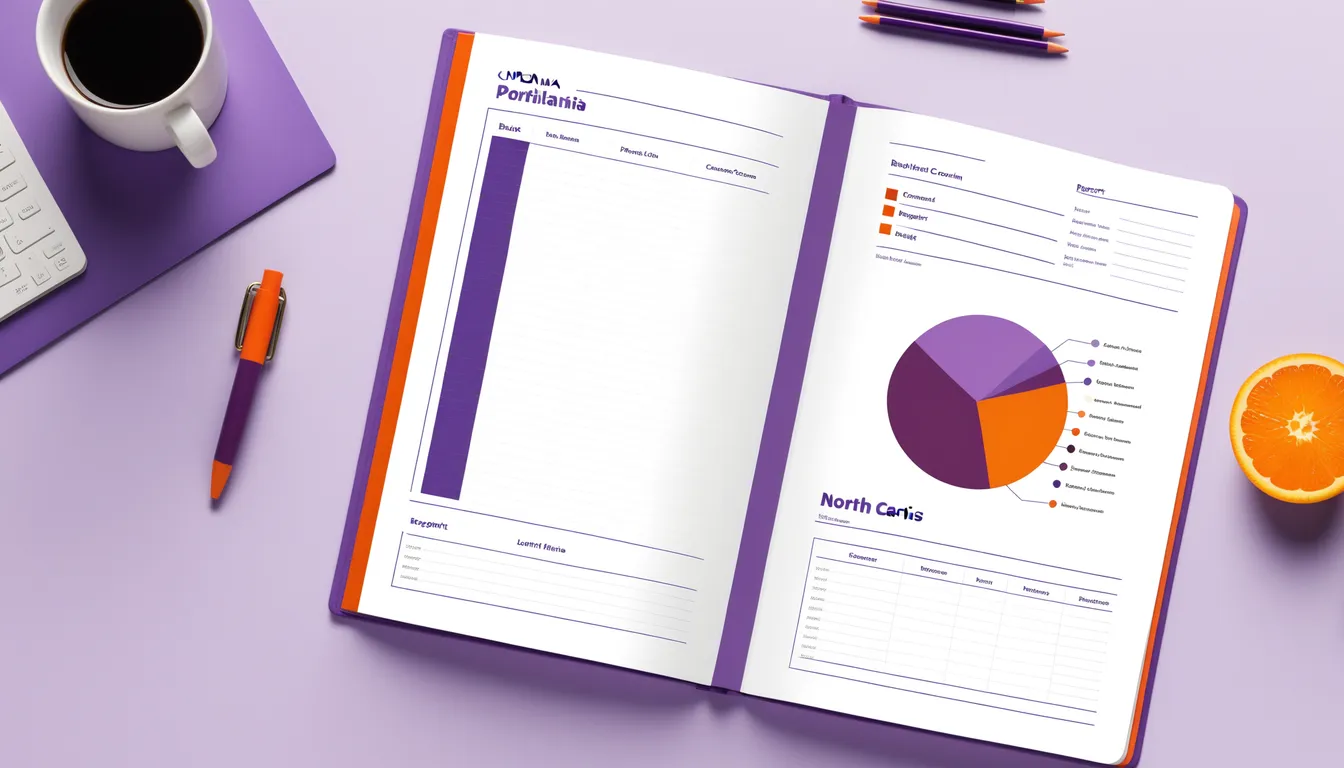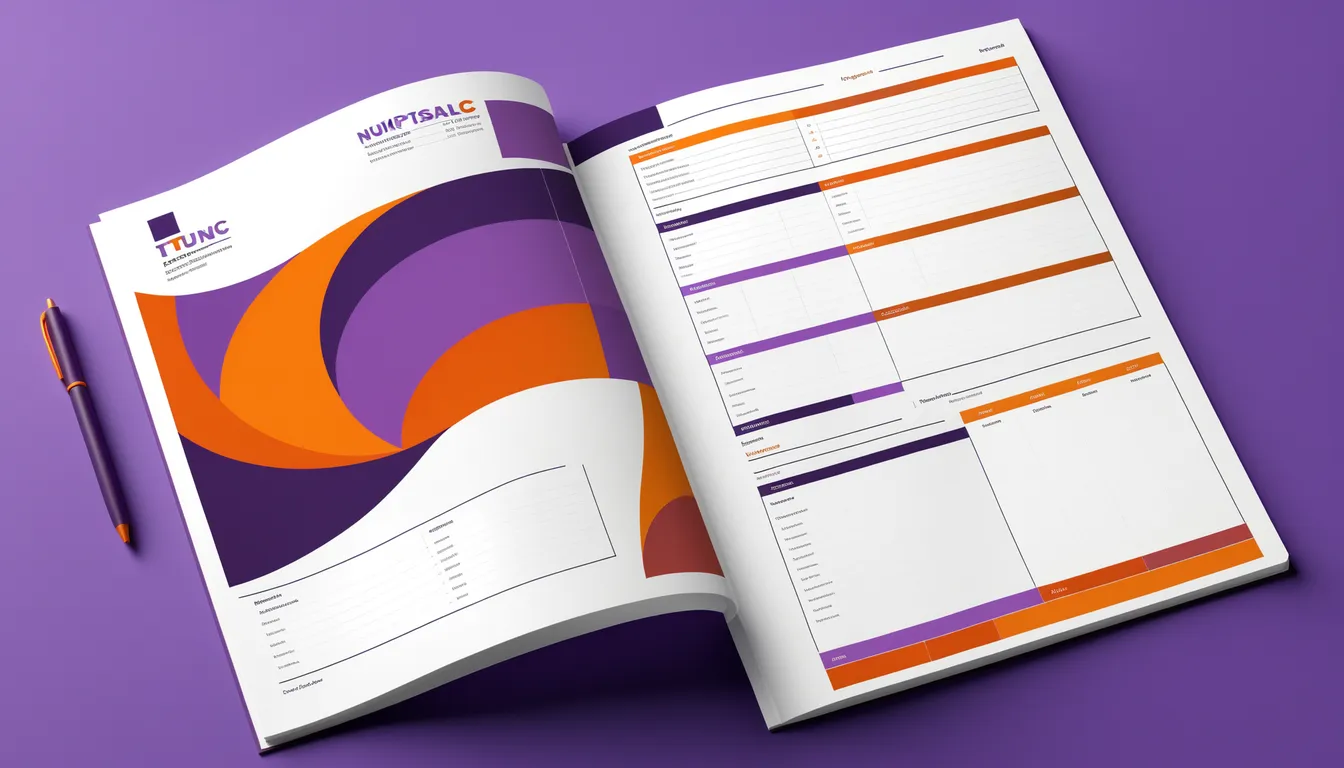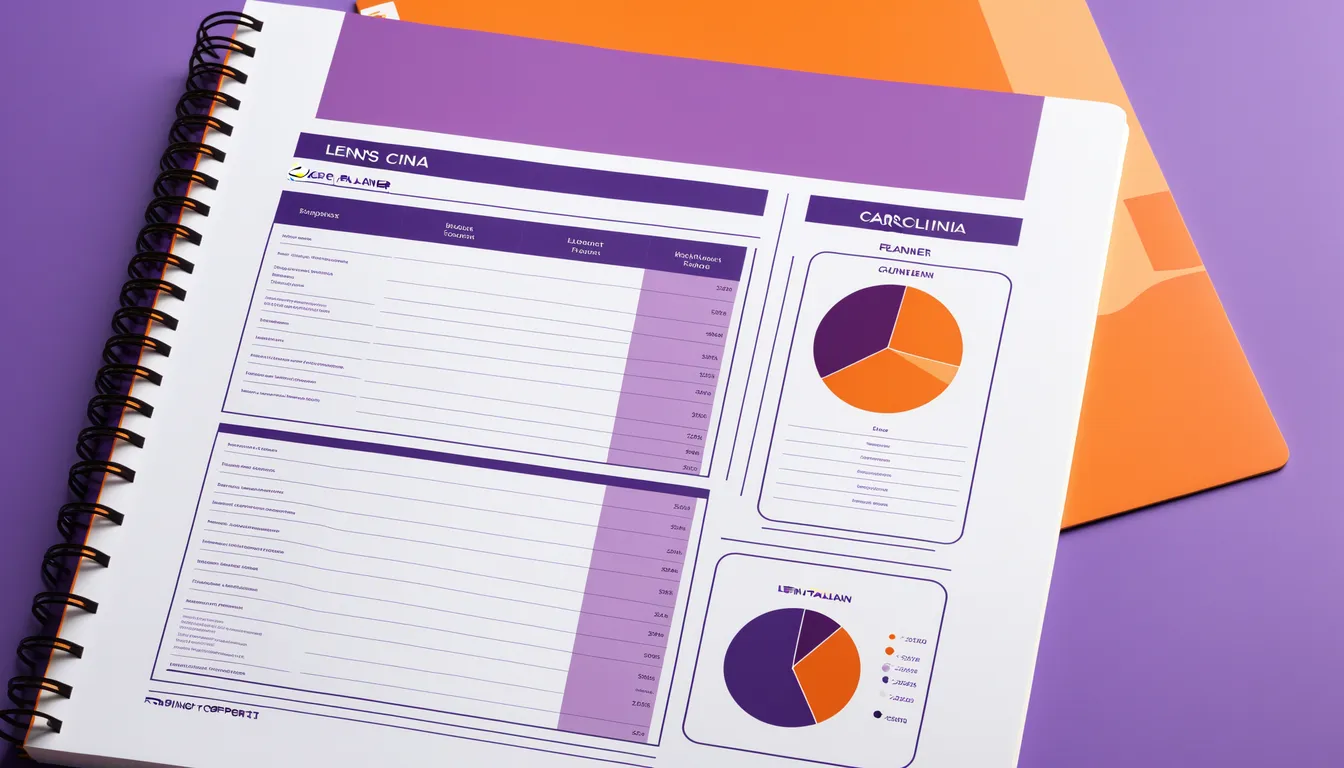Chapter 15:
Accounting and Financial Reporting
15.0 Introduction
The North Carolina Local Government Budget and Fiscal Control Act (LGBFCA) sets forth requirements for fiscal control that provide a framework for ensuring accountability in a local government’s accounting and financial operations. As noted in Chapter 1, this act comprises Article 3 of Chapter 159 of the North Carolina General Statutes (G.S.). This chapter focuses primarily on the specific accounting and financial reporting requirements, which are equally applicable to county and municipal governments.
15.1 The Accounting System
An accounting system exists to supply information. It provides a county’s or a municipality’s manager and other officials with the data needed to ascertain financial performance and to plan and budget for future activities with projected resources. The accounting system is also an essential part of internal control procedures.
The governing board of a unit depends on accounting information in making its budgetary and programming decisions and in determining whether they have been carried out. This kind of information is also valuable to outside organizations. The investment community and bond-rating agencies rely on it to assess a local government’s financial condition. In counties and municipalities where bonds have recently been issued, the local government is often required to provide various types of annual financial information to meet continuing disclosure requirements. State regulatory agencies, such as the Local Government Commission (introduced in Chapter 1), review data generated by the accounting systems to determine whether counties and municipalities have complied with the legal requirements regulating accounting and finance. Federal and state grantor agencies use the information to monitor compliance with the requirements of the financial assistance programs they administer. The media and the public depend on the information to evaluate a local government’s activities.
County and municipal accounting practices are formed in response to the general statutory requirements set forth in G.S. 159-26, the generally accepted accounting principles (GAAP) promulgated nationally by the Governmental Accounting Standards Board (GASB). In North Carolina, the rules and regulations of the LGC, as well as the local government’s own needs and capabilities, directly impact its accounting practices.
15.1.1 Statutory Requirements
G.S. 159-26 requires that each county and municipality maintain an accounting system, which must do the following:
- Show in detail its assets, liabilities, equities, revenues, and expenditures.
- Record budgeted as well as actual expenditures and budgeted or estimated revenues as well as their collection.
- Establish accounting funds as required by G.S. 159-26(b) and GAAP. A fund is a separate fiscal and accounting entity having its own assets, liabilities, equity, revenues, and expenditures/expenses. Government activities are grouped into funds to isolate information for legal and management purposes. The types of funds that are set forth in G.S. 159-26(b) and by GAAP for use by counties and municipalities are defined in Section 3.1 of Chapter 4: Chart of Accounts.
- Use the modified accrual basis of accounting. Basis of accounting refers to criteria for determining when revenues and expenditures/expenses should be recorded in an accounting system. It should be noted that while the LGBFCA requires the use of the modified accrual basis of accounting, it also requires that financial reporting be in conformity with GAAP. [G.S. 159-26(c)]. Enterprise, internal services, and certain fiduciary trusts primarily follow accrual accounting standards for reporting in accordance with GAAP. Annual financial reports for local governments must demonstrate compliance with legal requirements (i.e., the LGBFCA) and report on operations in conformity with GAAP. Therefore, enterprise, internal service, and certain fiduciary trust funds must also be reported on an accrual basis in the governmental entity’s annual financial report. The modified accrual basis requires that expenditures be recorded when a liability is incurred (time of receipt) for a good or service provided to a local government. The expenditure should be recorded then, usually before the funds are disbursed. This type of accounting also requires that revenues be recorded when the revenues are measurable and available. Measurable means that they can be reasonably estimated, and available means that they will be received within the current fiscal year or soon enough thereafter to be able to pay liabilities of the current fiscal year. In practice, for various reasons some revenues are recorded when they are received in cash. For example, in North Carolina, property tax revenues are generally recorded on a cash basis because taxes receivable are not considered to be collectible soon enough after the year’s end to meet the availability criterion. Permits and fees also are recorded on a cash basis because they are not considered to be measurable at year’s end. However, certain revenues collected after the fiscal year ends, but soon enough thereafter to pay liabilities outstanding as of June 30, would be reflected as revenue for the year ending June 30 because they would be considered measurable and available. For example, the monthly sales tax payments received by counties and municipalities in July, August, and September are recorded by most local governments as revenue for the year ending June 30 because the payments can be measured; they are directly related to sales that occurred during the previous fiscal year (i.e., the July distribution is related to the previous April’s sales, the August distribution is related to the previous May’s sales, and the September distribution is related to the previous June’s sales); and they are received soon enough after June 30 to be able to pay liabilities at the fiscal year’s end. The modified accrual basis of accounting helps keep financial practices on a prudent footing: expenditures are recorded as soon as the liabilities for them are incurred, and some revenues are not recorded until they have actually been received in cash. In addition, this basis enhances the comparability of financial reporting for municipalities and counties and reduces the opportunity for manipulation of financial information.
- Record encumbrances represented by outstanding purchase orders and contractual obligations that are chargeable against budgeted appropriations. An encumbrance is created when a contract that will require a county or a municipality to pay money is entered into or when a purchase order is issued. Although the LGBFCA does not explicitly mention any exceptions, in practice, expenditures for salaries and wages, fringe benefits, and utilities are usually not encumbered. Salaries, wages, and fringe benefits are not encumbered because they generally are budgeted at the full amounts expected for all positions, and this significantly reduces the risk of over-expenditure. Utilities expenditures are normally not encumbered because the amounts are generally not known in advance. An encumbrance exists as long as a contractor or supplier has not delivered goods or services and the contract or purchase order is outstanding. While this is the case, the local government is not yet liable to pay for the goods or the services and has not yet incurred an expenditure for them. G.S. 159-26(d) requires that a local unit’s accounting system record encumbrances as well as expenditures. This recognizes that an encumbrance is a potential liability, and once a purchase order is filled or a contract fulfilled, a liability for payment is created and an expenditure is incurred. Although this requirement applies only to counties with more than 50,000 citizens or municipalities with more than 10,000 citizens, nearly all counties and municipalities record encumbrances in their accounting systems.
15.2 Generally Accepted Accounting Principles for Governments
Governmental accounting, as a branch of general accounting practice, shares basic concepts and conventions with commercial accounting. However, because of major differences in the governmental environment, a distinct set of national accounting and financial reporting principles has evolved in this field. They are promulgated by the GASB. Established in 1984, the GASB is responsible for the establishment of GAAP for state and local governments. The GASB succeeded the National Council on Governmental Accounting, which had formerly established GAAP for government entities. Although the GASB at its creation accepted the existing NCGA pronouncements, it has actively set forth standards in areas of accounting and finance that the NCGA did not formally consider. Likewise, it has updated and modified most of the guidance initially accepted. (About the GASB).
The LGC plays a key role in defining and interpreting accounting standards and procedures for local governments in North Carolina. It issues rules and regulations that interpret state statutes and national professional standards, and it provides advice about requirements and improvements in accounting and financial reporting practices. The commission’s staff has focused much attention in recent years on annual financial reports, working closely with local officials and the state’s public accounting profession to keep local government accounting systems up to date with the increasingly more rigorous reporting and disclosure standards promulgated by the GASB.
15.2.1 Minimum External Financial Reporting Requirements
Counties and municipalities in North Carolina are required to prepare annually external basic financial statements and required supplementary information (RSI) that are prepared in accordance with GAAP. [G.S. 159-34(a)]. The basic financial statements as defined by GAAP include the following elements:
Government-wide financial statements
The government-wide financial statements report on financial information for governmental and business-type activities. The accrual basis of accounting is used for the reporting of both activities. Government-wide reporting is designed to provide an overview of the governmental entities’ activities and is like private-sector reporting. There are two financial statements prepared at this level – the statement of net position and the statement of activities.
Fund financial statements
The fund financial statements report on the financial activities of the governmental entity’s funds. The fund types were defined in Section 3.1 of Chapter 4: Chart of Accounts. There are three broad categories of funds – governmental, proprietary, and fiduciary. The governmental category comprises the general fund and any special revenue, debt service, capital projects, and permanent funds. The proprietary category includes the enterprise and internal service funds. The fiduciary category reports any pension trust, investment trust, private-purpose trust, and custodial funds. The governmental funds are reported on the modified accrual basis of accounting and both the proprietary and fiduciary categories are reported on the accrual basis of accounting (similar to the private sector).
The governmental fund statements are comprised of a balance sheet and a statement of changes in revenues, expenditures, and changes in fund balances (e.g., the operating statement). The proprietary fund statements include a statement of net position, a statement of revenues, expenses, and changes in net position (e.g., the operating statement), and a statement of cash flows. The fiduciary fund statements include a statement of fiduciary net position and a statement of changes in fiduciary net position.
Comprehensive set of note disclosures
The note disclosures provide details supporting the aggregated information reported on both the government-wide financial statements and the fund financial statements. The primary disclosures, but certainly not an exhaustive list, include a description of the structure of the reporting entity, details about the entity’s deposits and investments, capital assets, long-term obligations, pension and other post-employment benefit plans, and general information about certain balance sheet and operating statement elements.
RSI including the Management’s Discussion and Analysis (MD&A)
RSI is information required to be included in certain circumstances in addition to the basic financial statements. However, the auditor performs limited audit procedures and ascertains that the information is properly included. The RSI that all governmental entities will have to include is the MD&A. The MD&A should analyze the government’s financial activities for the current year compared to the prior year. This analysis should be easily readable and based on known facts and conditions.
Other RSI that may be included with some entities’ financial reports include schedules, statistical data, and other information that the GASB believes are an essential part of financial reporting information but are not included in the basic financial statements.
15.3 The Annual Comprehensive Financial Report
Many local governmental entities choose to prepare an annual comprehensive financial report (ACFR). ACFRs are not required by GAAP or by state statute, but they are useful to certain external users of a government’s financial statements. These reports go above and beyond the minimum external reporting requirements and provide useful financial and non-financial data about a local government. An ACFR contains three primary sections: introductory, financial, and statistical. A fourth section consisting of the compliance or single-audit reports and schedules may be included, but this is not required. If a local government does not prepare an ACFR, the entity will provide the independent auditor’s report, as well as the basic financial statements and RSI that were described in Section 15.2.1.
Introductory Section
The introductory section of an ACFR includes the transmittal letter, which is primarily an overview of the report, a brief introduction of the local government, and the official transmission of the report to external users; an organizational chart; and a list of principal elected and nonelected officials. The transmittal letter should provide useful information to members of the public and the business community who may not be aware of all the local government’s functions and services.
Financial Section
The financial section of an ACFR contains financial statements, which present information in various formats and levels of detail. The financial section includes the financial statements required by GAAP, known as the basic financial statements (see Section 15.2.1), as well as financial presentations in greater levels of detail that often are used to exhibit budgetary compliance or to provide opportunities for more detailed analysis. The detailed financial information is included in the financial section following the detailed note disclosures, as well as any additional RSI.
An independent auditor’s opinion is the first item in the financial section of an ACFR. The opinion should be printed on the auditor’s letterhead, further emphasizing that it is not a representation made by the unit’s management. The next presentation in the financial section is the MD&A, a written summary and overview of the local government’s financial condition and the ways in which its financial condition has changed during the year. Governmental entities are required to prepare an MD&A even if they are not preparing an ACFR.
The basic financial statements are presented after the MD&A. As noted earlier, these statements represent the minimum information required in the external financial statements to be in accordance with GAAP. The basic financial statements are described in Section 15.2.1.
The notes to the financial statements immediately follow the government-wide and fund financial statements and are considered an integral part of the basic financial statements. The content and form of the notes are prescribed by GAAP. Through written advisory memoranda and illustrative financial statements interpreting GAAP, the LGC guides local officials and their independent auditors on the content of the note disclosures. These disclosures contain significant information for anyone attempting to interpret the financial statements and understand the finances of a local government entity.
Statistical Section
The statistical section of an ACFR follows the financial section. It includes multi-year information on the financial trends of a government, its revenue and debt capacity, relative demographic and economic information, and various operating information. The statistical section is considered an invaluable tool for bond-rating agencies and potential investors and creditors. Generally, the statistical tables in this section include ten years’ worth of comparative data. In a few cases, the comparisons are not for a complete ten years but are comparisons of the current year with nine years prior, thus exhibiting a ten-year spread.
Certificate of Achievement
A growing number of counties and municipalities have chosen to prepare an ACFR and have earned the Certificate of Achievement for Excellence in Financial Reporting, awarded by the Government Finance Officers Association (GFOA) of the United States and Canada to recognize outstanding achievement in governmental financial reporting. While all North Carolina local governments issue basic financial statements, those winning the Certificate of Achievement provide full disclosure above and beyond the minimum standards set by GAAP and relate current financial conditions and performance to past financial trends. Approximately five thousand local governments in the United States participate in the Certificate of Achievement program, which offers a tremendous resource to help local governments continually improve their financial reporting.
15 Accounting and Financial Reporting
Sample Ordinances and Policies
15 Accounting and Financial Reporting
Implementation Tools
15 Accounting and Financial Reporting
LGC Memos

Statistical Information on Electric System Operations

Other Postemployment Benefits Accounting and Reporting Issues

Accounting for Long-Term Revolving Loans

Operation of and Accounting for Discretely Presented Component Units, Including...


